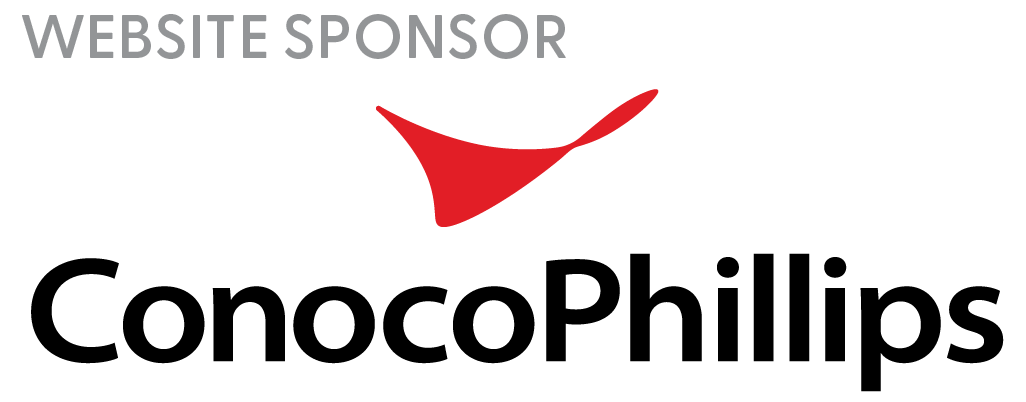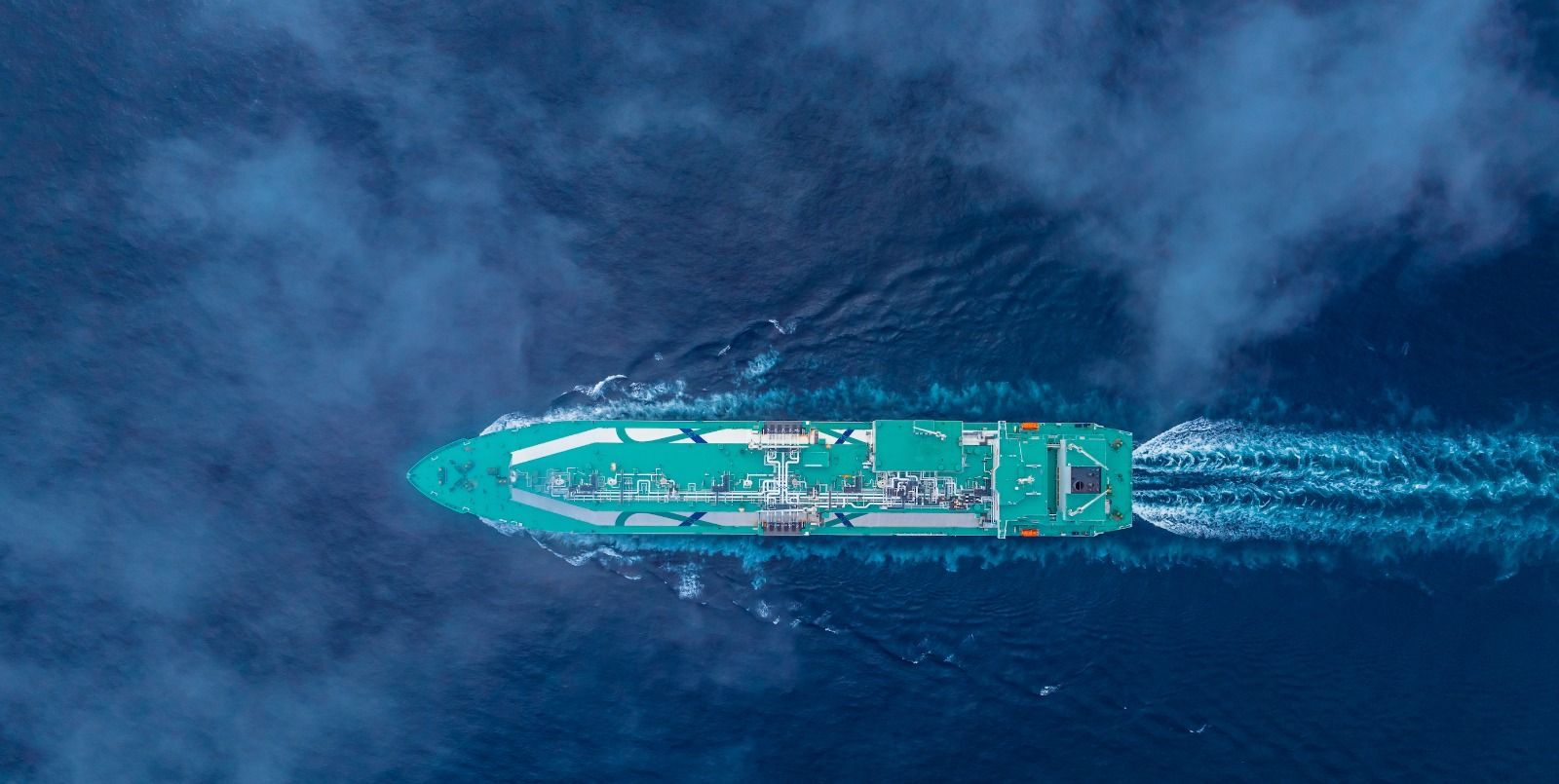From Production to Sales: Real-Time LNG Value Chain Optimization at Oman LNG
In today’s fast-changing energy world, LNG producers like Oman LNG face daily challenges-from sudden shifts in global demand to unplanned equipment issues. These disruptions can quickly impact profitability if not managed carefully. To stay ahead, Oman LNG set out to rethink how it manages its supply chain by developing an in-house Scheduling Optimization Toolkit-a step toward smarter, more agile operations.
The idea behind the toolkit is simple but powerful: connect all the moving parts of the LNG value chain-from gas intake and liquefaction to storage, shipping, and sales-into one smart, data-driven platform. While still under development, this tool aims to provide schedulers with a real-time view of operations, allowing them to run different scenarios, understand the financial impact instantly, and make better decisions faster.
Built by internal teams who understand the unique complexities of LNG operations, the toolkit is designed to be intuitive and user-friendly. It will allow users to adjust variables such as feed gas availability, ship arrival times, or production constraints and instantly see the effect on plant throughput, delivery schedules, and commercial value. It’s not just about reacting to problems-it’s about planning ahead and navigating uncertainty with confidence.
Though still in its early stages, the toolkit shows strong promise. Once fully deployed, it’s expected to reduce the impact of disruptions and help protect value in volatile conditions. For example, in test simulations using past events-such as pipeline limitations or shipping delays-the model showed potential to reduce profit loss by up to 40%. These early results demonstrate how a well-designed tool can empower teams to take control during uncertain situations.
Technically, the toolkit uses optimization techniques such as linear programming and scenario analysis. It’s being built to integrate smoothly with existing company systems, ensuring reliable data and fostering collaboration between planning, production, and commercial teams. The goal is to break down silos and support decisions that are aligned not just operationally, but also financially.
This project reflects a broader digital shift at Oman LNG. Rather than relying on off-the-shelf software, the team chose to build a solution tailored to its needs-one that evolves with the business. It’s a journey still in progress, but one rooted in practical experience, cross-functional teamwork, and a shared vision for smarter, more resilient operations.
As the global energy sector faces rising complexity and pressure to perform, Oman LNG’s in-house innovation shows how digital tools-even those still maturing-can play a vital role in shaping the future of supply chain management.




)
)
)
)
)
)
)
)
)
)
)
)
)
)
)
)
)
)
)
)
)
)
)
)